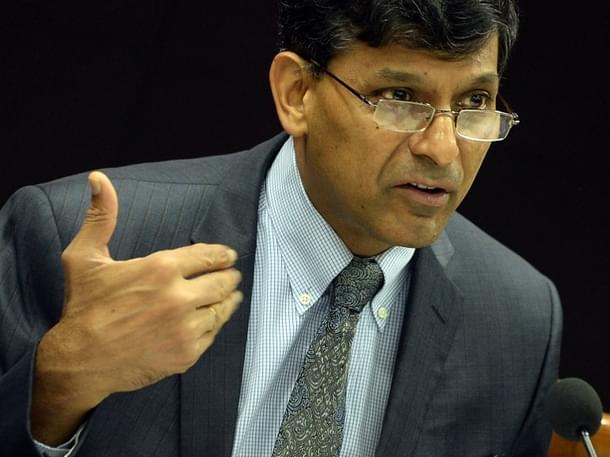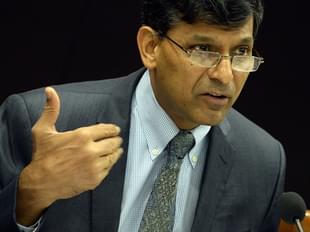Economy
As RBI Talks Of P2P Lending, Banks Face Another Nibble At Their Lunch-Box
Swarajya Staff
Apr 29, 2016, 12:54 PM | Updated 12:54 PM IST
Save & read from anywhere!
Bookmark stories for easy access on any device or the Swarajya app.


India’s banks, already reeling under the burden of excessive bad
loans, are unlikely to thank Raghuram Rajan for trying to make their lives more
complicated and competitive.
By opening up the field for “differentiated banking”, the Reserve Bank Governor is essentially allowing new competition to nibble away at the universal banker’s lunch: by the end of this year, we will have payment banks eyeing low-cost savings deposits; small banks will be making a bid for small borrowers seeking upto Rs 25 lakh; by next year we could have wholesale banks seeking to raise long-term loans and lending the same to infrastructure projects, and custodian banks offering to protect assets (for a fee).
Yesterday (28 April), the Reserve Bank put out a consultation paper for P2P – peer-to-peer lending, where lender and borrower use online platforms to raise money without bankers coming anywhere into the picture. If P2P works, as it seems to be abroad, banks face another hit on their lunch-box. Global volumes in P2P lending have soared from almost nothing five years ago to £ 4.4 billion last year (about Rs 43,000 crore),
P2P, also known as crowd-funding, involves raising money from many smaller lenders (or investors) rather than just one or few lenders. Such funding can come by way of equity, issue of debt securities or even plain vanilla loans. While Sebi is the regulator for the former two, the Reserve Bank hopes to appropriate P2P, since it is about simple lending or borrowing.
Among the regulations proposed are the following:
- The platforms will only be facilitators, and not be involved in any direct lending of their own.
- P2P platforms need a minimum capitalisation of Rs 2 crore, and they can’t guarantee returns to any lender.
- Limits may be placed on the maximum amount of money anyone can lend on a P2P platform since the loans will be unsecured, and often made to lesser known entities.
- The platforms may also need to be companies, and have a physical office, and must submit regular reports to the regulator on their activities.
The P2P loan market is currently unregulated even though several players – Faircent, i2ifunding, and Loanzen are already operational, says a report in Mint. Hence the need for someone to step in, though Sebi is already looking at regulating equity crowd-funding.
The final regulations may be more than a year away, but if P2P lending takes off, it would be one more area of competition for banks. In more ways than one.
There is, for example, no reason why the government should not use P2P platforms to sell short-term loans to the public at rates lower than in the formal money market.
There is also no reason why reasonably well-known companies with AA and above ratings can’t raise moderate sums of money at rates comparable to commercial paper, where the lenders are often banks or other high net worth investors. Large loans may ve raised more cheaply from banks or non-bank financial companies.
Rajan has opened the floodgates to competition, and the customer is going to benefit, whether banks like it or not.





